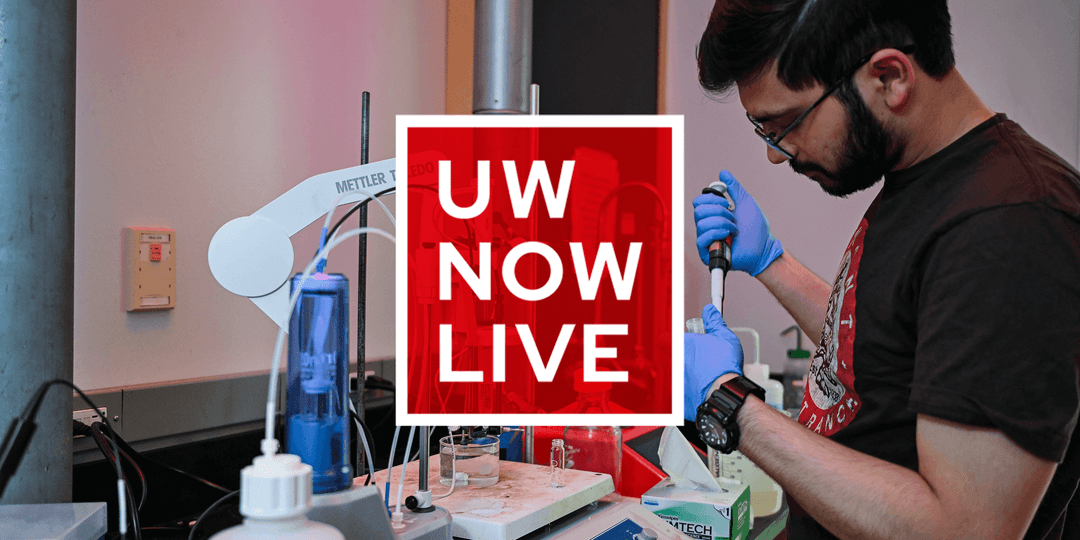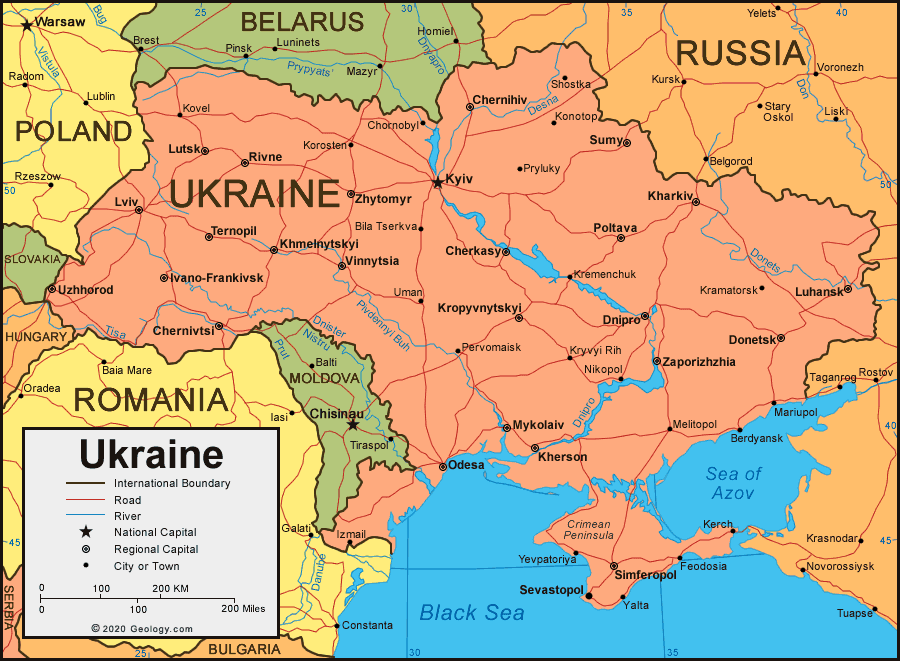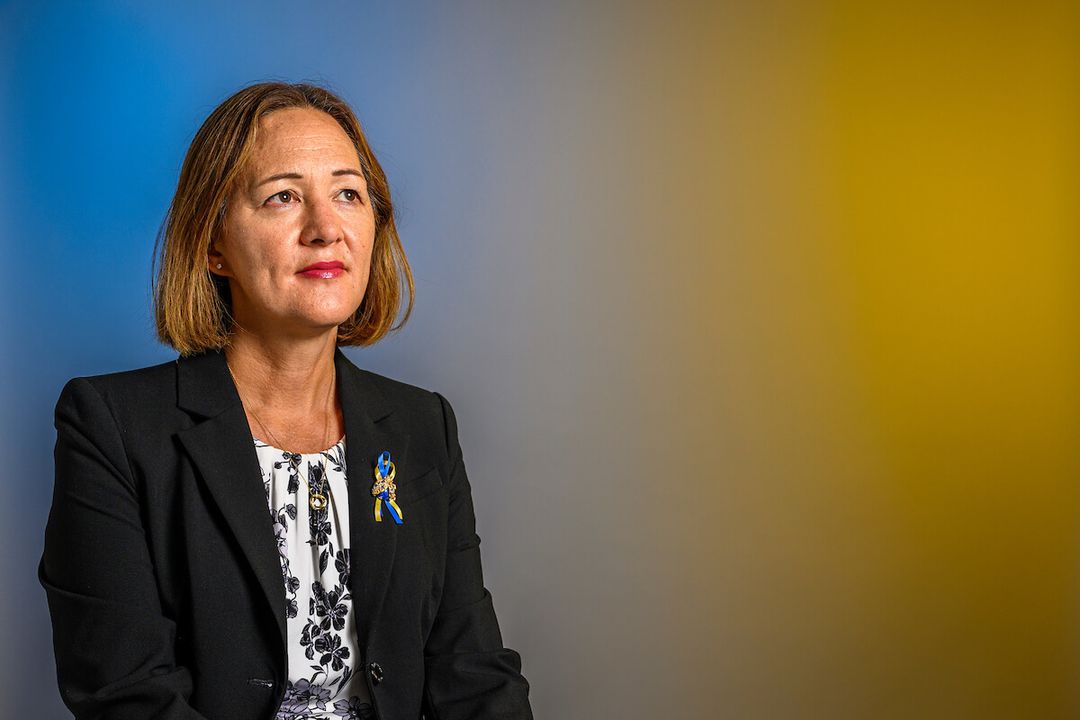During The UW Now’s first virtual event, thousands of UW alumni and friends gathered online — in keeping with social distancing practices to prevent the spread of COVID-19 — and heard from Dr. Nasia Safdar, a member of the UW School of Medicine and Public Health faculty. Dr. Safdar was also the physician responsible for treating Wisconsin’s first coronavirus patient, and after a brief presentation, she fielded questions from participants. There were many more questions than Dr. Safdar had time to answer, and so after the event ended, she continued to respond to queries.
The UW Now virtual events will livestream weekly through April 2020. The April 7 event will look at the effects of the coronavirus pandemic on the economy. Speakers include:
- Phill Gross ’82, MS’83, founder of Adage Capital
- Ricky Sandler ’91, founder, CEO, and CIO of Eminence Capital and an adjunct professor of finance at UW–Madison
- Julie Van Cleave ’81, MBA’83, chief investment officer for the Wisconsin Foundation and Alumni Association
Dr. Nasia Safdar answers your questions about COVID-19
What kind of approaches to treatment and research are being taken at the UW that aren’t elsewhere?
[The UW is trying ] convalescent plasma therapy, extensive testing of health care workers, creation of a respiratory illness unit in the emergency department, and personal protective equipment conservation efforts.
Do you have an estimate of when cases will peak in Wisconsin or the Midwest?
Mid- to late May.
Where will the number of cases peak?
Likely Milwaukee, given its population density.
What do you know about the development of long-term immunity after recovering from COVID-19?
[It’s ] unclear. Likely [recovered patients will have some immunity,] but the duration [of that immunity may be] variable.
Can ozone machines or UV light kill the virus? Can these be used to sterilize PPE?
Yes, to some extent. Exposure time needs to be long enough, however, and sometimes masks can get damaged.
Should people be tested after they have been ill to see if they have had COVID-19?
Yes, once we have a serologic assay [a blood test that looks for antibodies].
How long do you think we’ll need to practice social distancing?
At least another month, and then [we’ll have to continue some distancing] even after that in a less-restricted way.
How and where does the virus actually enter the body? In the mouth/nose/lung?
The nose and mouth are connected, so entry into either will make it into the lungs.
What is known about the various mutant strains of the SARS-CoV-2 virus? Are they distinct enough to generate different symptoms upon infection?
Not enough is known.
Please comment on the epidemiological modeling released today. Do you create your own models for Wisconsin, the U.S., and the world?
Yes, we create them for Wisconsin. Different models have different assumptions and hence different results.
If the virus is not live, how does it survive on different surfaces, such as cardboard?
We don’t know that it survives. Studies have simply shown its presence.
Why is eating takeout still okay? Wouldn’t it still be a risk that the person preparing the food could spread the virus to the person eating the food?
Hand hygiene [helps].
There has been a lot of discussion about PPEs and the lack of them at certain hospitals. How is UW Health managing that, and is there adequate supply?
[We’re following] PPE conservation efforts: reducing [the number of open] clinics, [as well as reducing the numbers of] procedures and surgery; PPE have to be signed out, [and we’re] keeping track of use.
Are you collaborating with other major research universities to leverage your work?
Yes, multiple groups are collaborating.
Is COVID-19 more deadly than flu and why?
COVID has a 0.6 percent fatality, while flu has 0.1 percent. [Why is mortality higher?] To start with, no one in the population has any immunity to COVID.
Would having the flu a couple of months ago help with immunity against COVID-19 now?
Perhaps. It may help to show that your immune system is working.
Are there special concerns for pregnant women and their newborns?
These are high-risk groups because they get severe flu, but for COVID, a small study out of China is reassuring: most women and babies do fine.
Are we immune after contracting the virus and recovering?
It’s likely, but [we] don’t know how long immunity lasts.
Should the dental industry significantly change care for patients with regards to PPE?
[It’s suggested you] postpone nonessential procedures, limit aerosol generation to urgent procedures, screen patients for symptoms of a respiratory infection, wear a mask when doing dental work, and postpone dental work on known COVID [patients] until they have improved.
Can pets contract COVID-19?
[There have been] no reported cases, but the CDC still recommends if you are in isolation, you should also avoid contact with your pet.
Has UW Health developed their own test internally, or is it relying on outside solutions?
We have our own test.
If you have COVID and recover, do you continue to be contagious after getting well?
For some period of time, you may shed the virus but in low quantities.
Once we get the okay to resume normal activities, will we need to protect ourselves from another spread?
Yes. We don’t know how the virus will behave this summer, next fall, and later. We are awaiting a vaccine anxiously.





